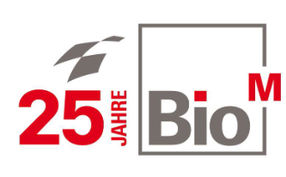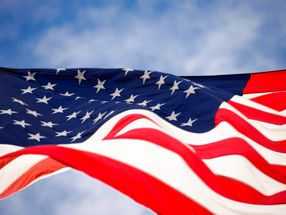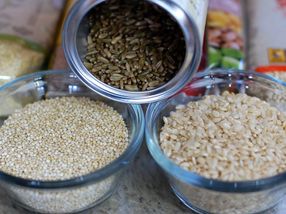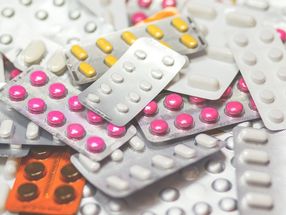European Medicines Agency recommends that Linoladiol N and Linoladiol HN remain available
Benefits continue to outweigh risks with new restrictions
The European Medicines Agency’s Committee for Medicinal Products for Human Use (CHMP) has concluded that Linoladiol N and Linoladiol HN, two high-strength estradiol-containing creams used for topical treatment of diseases of the genital area in women who have been through the menopause, may continue to be used with certain restrictions.
The CHMP recommended that Linoladiol N may continue to be used for the treatment of vaginal atrophy due to a lack of oestrogen when at least one topical, lower dose oestrogen treatment has failed. For Linoladiol HN, which also contains a weak corticosteroid, prednisolone, the CHMP recommended limiting the use to the treatment of mild, inflammatory skin diseases of the external genital area.
For both creams, the CHMP recommended limiting treatment to a duration of four weeks to minimise the risk of side effects. The CHMP acknowledged that the creams have been used for a long time without serious risks to public health. However, due to the relatively high concentration of estradiol in these creams, there is a risk of estradiol being absorbed systemically (throughout the body). When used long-term, the risks with these creams could potentially be similar to those associated with the use of estradiol in systemic hormone replacement therapy (HRT), which include venous thromboembolism (formation of blood clots in the veins), stroke and endometrial cancer (cancer of the lining of the womb). The CHMP recommended that the product information of these medicines be updated to reflect current knowledge in this area.
The CHMP also recommended that Linoladiol HN should no longer be used to treat lichen sclerosus, another condition affecting the genital area, characterised by small white spots that are often itchy or sore. This is because there is no evidence supporting the use of estradiol in this condition.
The review of Linoladiol N and Linoladiol HN follows a national re-registration procedure for Linoladiol N in Germany, during which the German medicines agency, the Federal Institute for Drugs and Medical Devices (BFARM), re-assessed existing data on the benefits and risks of Linoladiol N and concluded that its benefit-risk balance was unfavourable. Because Linoladiol N is also authorised in other EU countries¹, the BFARM subsequently asked the CHMP to carry out an EU-wide review of this medicine. The referral was extended to include Linoladiol HN because it also contains a relatively high dose of estradiol.
The CHMP recommendation will now be sent to the European Commission for the adoption of a final, legally binding decision valid throughout the EU.
Other news from the department politics & laws

Get the life science industry in your inbox
By submitting this form you agree that LUMITOS AG will send you the newsletter(s) selected above by email. Your data will not be passed on to third parties. Your data will be stored and processed in accordance with our data protection regulations. LUMITOS may contact you by email for the purpose of advertising or market and opinion surveys. You can revoke your consent at any time without giving reasons to LUMITOS AG, Ernst-Augustin-Str. 2, 12489 Berlin, Germany or by e-mail at revoke@lumitos.com with effect for the future. In addition, each email contains a link to unsubscribe from the corresponding newsletter.













































